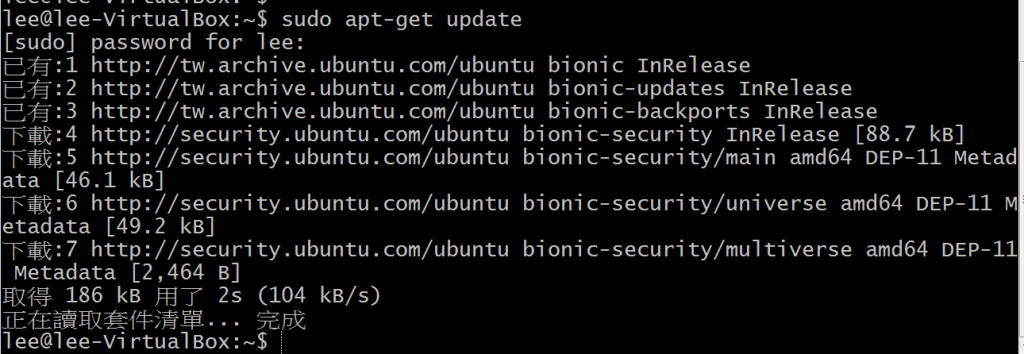

Tigervnc server ubuntu install#
To start a VNC server in Linux, you will first need to install a VNC server program. After the installation is complete, you can then use the ‘vncserver’ command to start the server. To start the Tigervnc server on Ubuntu, you will need to first install the Tigervnc server package. TigerVNC provides the levels of performance and features required by most users. TigerVNC is a high-performance, platform-neutral implementation of VNC (Virtual Network Computing), a client/server application that allows users to launch and interact with graphical applications on remote machines. If you need to connect to a VNC server that is not running on the default port (5900), you can specify the port number after the server address, like this: “vncviewer :5901”.

Tigervnc server ubuntu full#
You can also use the full path to the vncviewer executable, which is typically “C:\Program Files\RealVNC\VNC Viewer\vncviewer.exe”. The most common way is to simply type “vncviewer” into the command prompt. There are a few ways that you can start VNC Viewer from the command line. To encrypt your server-client connection, a SSH tunnel must be established between the VNC server and the client. As a clear text network protocol, it is insecure. You must first create a file name for the startup, which can be as simple as vim command or nano command. Installing TigerVNC on Ubuntu 18.04 LTS or 18.10 LTS is as simple as following the steps below.
Tigervnc server ubuntu how to#
By clicking on this link, you can learn how to install TigerVNC on Ubuntu 18.04 LTS and connect to your remote desktop. There are numerous versions of the VNC protocol available for Linux and Unix-based systems. There is no distinction between VNC, a Linux desktop sharing system or set of protocols, and SHARE, which is a client/server protocol. VNCs are associated with Virtual Network Computing (VNC), which is a branch of computing. And that’s all there is to it! You can now start using your TigerVNC server. After entering the password, you should see the desktop of your Linux machine appear in the VNC client window. This is the password that you set when you started the server. Once you’re connected, you’ll be prompted for a password. Once you have a VNC client open, you just need to connect to the IP address of your Linux machine on port 5901. If you’re working from the command line, you can use a tool like TightVNC or RealVNC. If you’re using a graphical desktop environment, you can likely find a VNC client in your applications menu. Once the server is started, you can connect to it with any VNC client. You can change :1 to another display number if you want, but for this example we’ll stick with the default.

Once the server is installed, you can start it by running the following command: vncserver :1 This will start a TigerVNC server on display :1. For other distributions, you’ll need to find the appropriate package from your package manager. If you’re using a Debian-based distribution, you can use the apt package manager to install it. First, make sure that you have the TigerVNC server installed. Here’s a quick guide on how to get started. The process is actually quite simple, and can be done entirely from the command line. If you’re a fan of the TigerVNC project, you may be interested in knowing how to start a TigerVNC server on Linux.


 0 kommentar(er)
0 kommentar(er)
